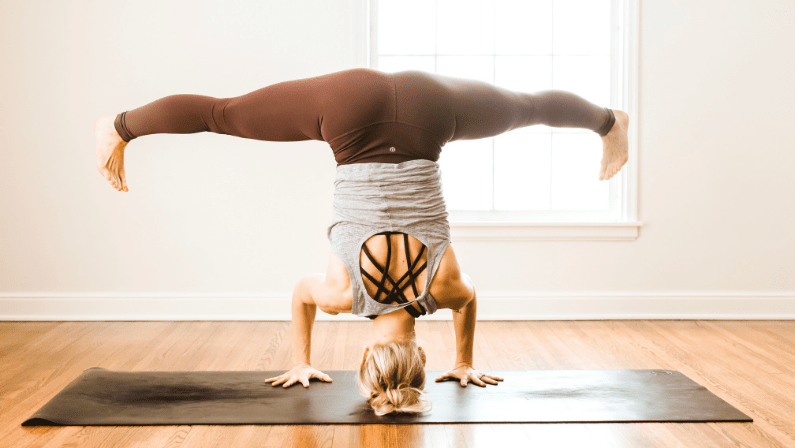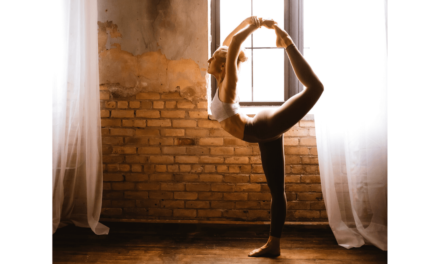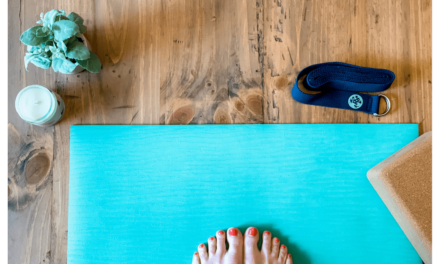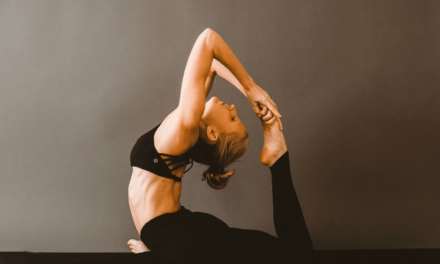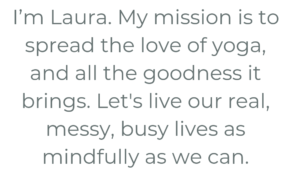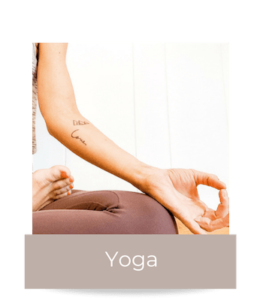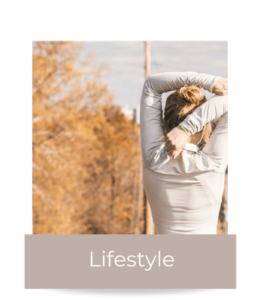FEAR.
That is what is holding us all back from trying something that we want to try or do.
So often I hear students tell me they are afraid of inversions. They’re afraid of falling or just simply have doubt that they can do them, in general.
The lovely Dr. Brene Brown said,
“We are all afraid. We just have to get to the point where we understand it doesn’t mean that we can’t also be brave.”
Now fear is an emotional threat that is vital to our survival. It triggers our fight or flight response to defend and take care of the physical body when needed.
But fear is not what I’m talking about, I’m talking about F.E.A.R.
False. Evidence. Appearing. Real.
Our mind, or ego, will put thoughts in our head that we simply cannot do things because we have doubt.
But it is all in our heads. It’s not real.
Let that sink in, it’s not real!
In fact, you won’t have real evidence of your doubt or anything until you actually try.
So, let’s try.
Tripod headstand is a great starting posture to dip your toe into inversions. You physically create a wide base in order to float your feet overhead making this an inviting first inversion to add to your practice.
And I know you can do it. I’ve seen many yogis get over their fear of inversions with these 4 simple steps.
How To Do Your First Tripod Headstand
I encourage you to take these steps breath by breath. Listen to your body and pause at any step when you feel you need to find your breath again. Practicing each step in your own time will get you to your goal of floating your feet overhead.
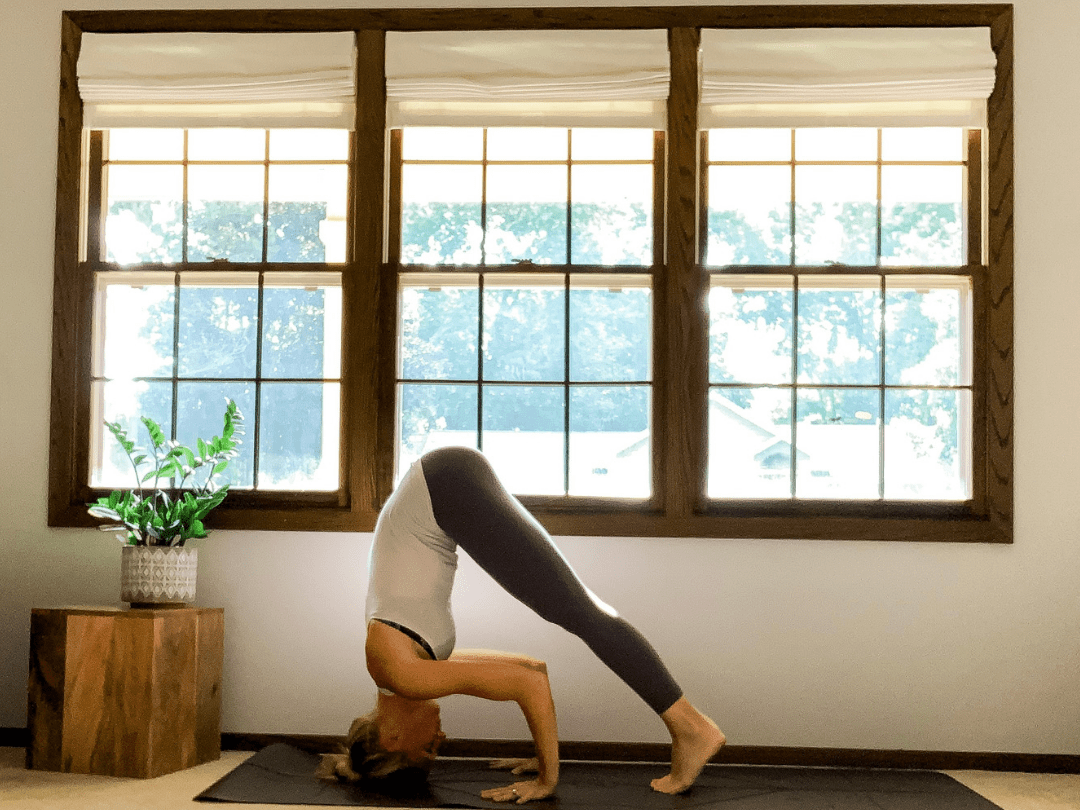
Step 1
- Create an equilateral triangle with your hands and head on your mat.
- Hands are shoulder-width distance apart with your arms at a 90 degree angle.
- Walk your feet in until you feel your hips stacked above your shoulders.
- Breathe.
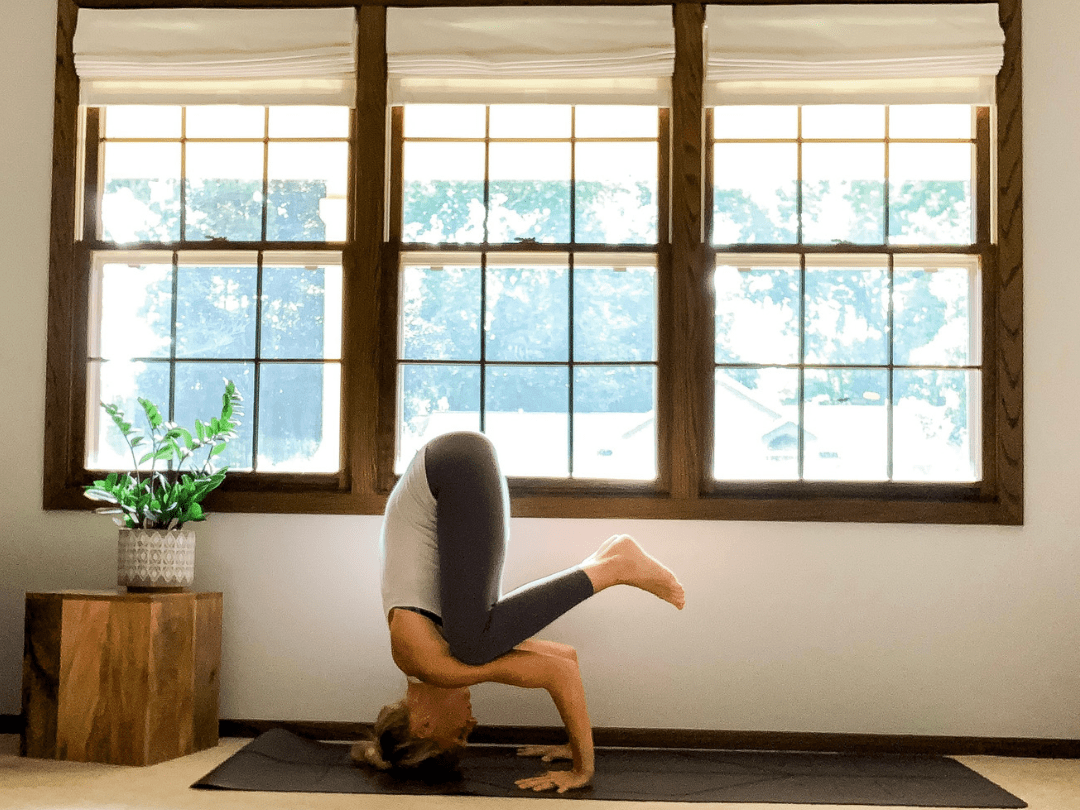
Step 2
- Create a shelf with your arms and draw one knee at a time on top of your triceps.
- Engage your core, bring your belly to meet your spine.
- Breathe here as long as you like. This step may feel like a big one, lifting your feet off the ground, but it is easier than you may think.
- Yoga Tip: Use a wall behind you if you think you may somersault back.
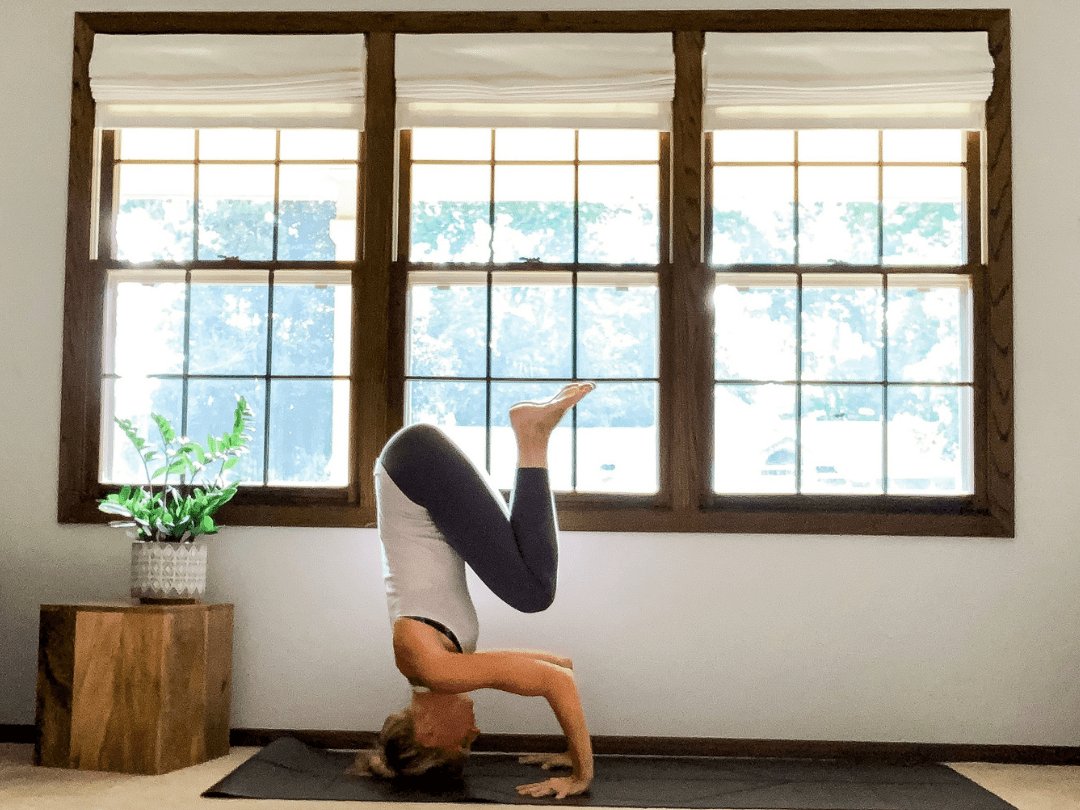
Step 3
- Draw your attention to your core and hug your knees into your chest.
- Press equally into your hands. Be sure you’re not putting all your weight on your head.
- Breathe.
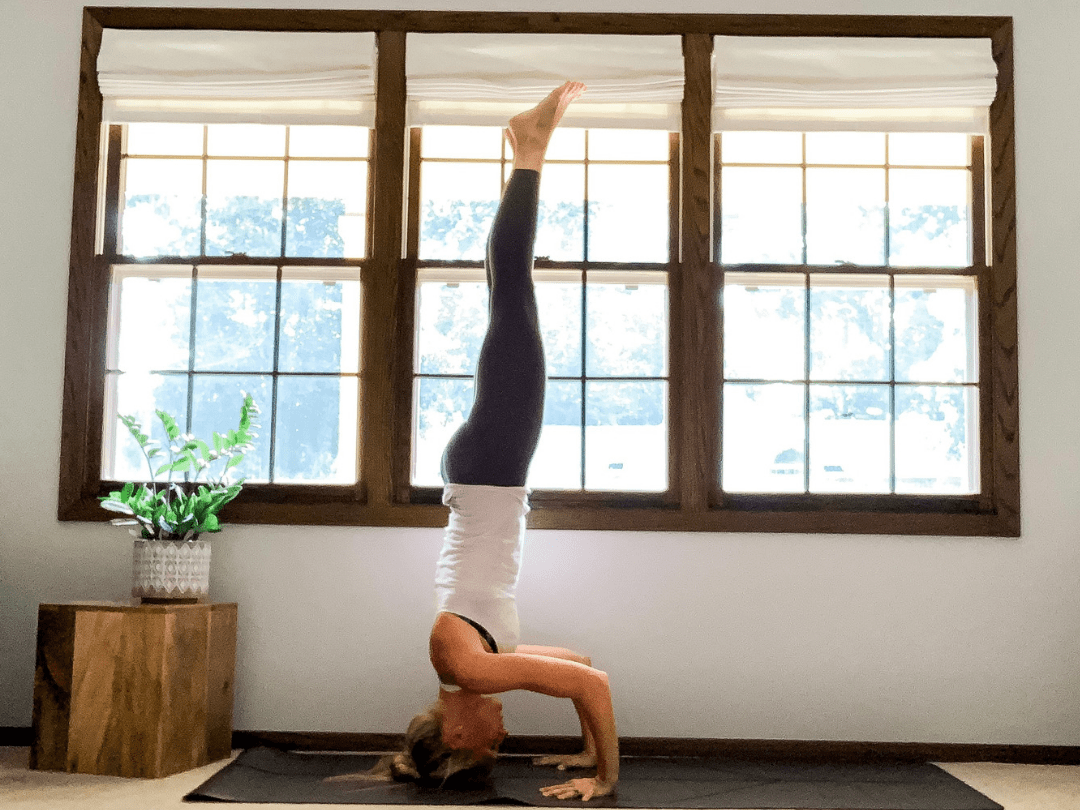
Step 4
- Ground through your hands and begin to lift the soles of your feet up.
- Think of stacking your body to let the weight of your lower body become light as you lift your feet directly over your hips.
- Breathe.
Reverse your way out the same way you went in. With practice, the muscles in your body will “click” and remember the strength and movements to get into a Tripod Headstand once again with ease.
It’s like riding a bike. Once you learn it, it always comes back to you.
Now, I’ve fallen many times when practicing inversions. But with each attempt, I have learned a new lesson about how to adjust and refine my movements to get closer to my goal.
The trick is to practice Ahimsa (non-violence) in your thoughts. Let go of doubt and believe you will fly your feet. It may not happen right out of the gate, but you can and will do it.

Like so many lessons we learn on our mats, letting go of F.E.A.R. is one we can take off our mat.
Grab a pen and paper and practice some self-study (Svadhyaya) on these journal prompts.
- What is the goal I am holding back on starting? Why?
- Where do I hold fear in my life? Why?
- What is holding me back from starting my goal? Is it real, or is it my own limiting thoughts?
- What resources can I use to help support my journey toward my goal?
- How would I feel if I accomplished my goal? What doors could open for me once I complete my goal?
- If you couldn’t fail, what would you do?
After you’ve identified where you hold fear in your life, then it’s time to take action.
It’s time to let go of F.E.A.R.
Remember, you won’t have any real evidence until you actually try.

